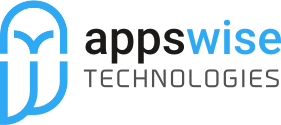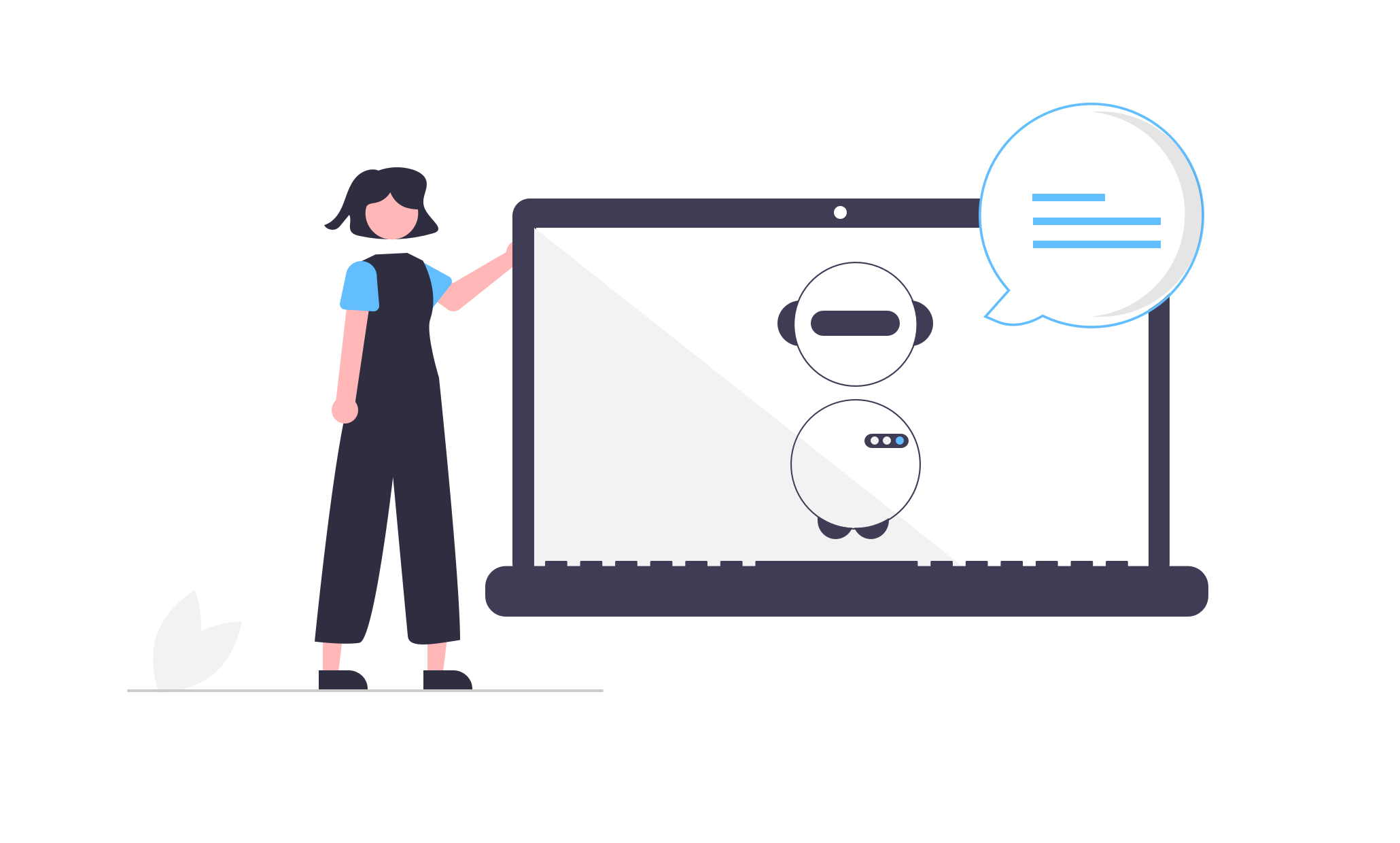
Robotic process automation (RPA) is actually the use of software with artificial intelligence (AI) and machine learning (ML) capabilities to handle high-volume, repeatable tasks that previously required humans to perform.
These processes can include queries, calculations and maintenance of records and transactions. Some industry experts believe it may be even more transformational than cloud computing. It is sometimes called a software robot or bot, mimics a human worker, logging into applications, entering data, calculating and completing tasks, and logging out.
Glance at the Benefits of RPA –
- Enabling better customer service for all SME’s by allowing processes to be completed much more rapidly.
- Ensuring business operations and processes comply with regulations and standards.
- Providing improved efficiency by digitizing and auditing process data.
- Creating cost savings for manual and repetitive tasks ultimately benefiting SME’s.
- Enabling employees to be more productive.
Applications of RPA –
- Customer service Sector: RPA helps SME’s offer better customer service by automating tasks, including verifying e-signatures, uploading scanned documents and verification of information for automatic approvals or rejections.
- Accounting Sector: Organizations can use RPA for general or operational accounting, transactional reporting and budgeting.
- Financial Sectors: Companies in the financial services industry can use RPA for foreign exchange payments, automating account openings and closings, managing audit requests and processing insurance claims.
- Healthcare Sections: Medical sectors also have the use of RPA for handling patient records, customer support, account management, billing, reporting and analytics.
- Human resources : RPA today automates HR tasks, including on-boarding and off-boarding, updating employee information and timesheet submission processes etc.
- Supply chain management Sector: RPA is used also for procurement, automation of order processing and payments, tracking shipments and monitoring inventory levels.
How can an SME benefit from RPA technology (in general and specifically regarding your business)?
SMEs can use robotic process automation (RPA), or put more simply – software robots – to automate their business processes, for example, back-office functions in HR, finance, procurement, IT or other core processes. By automating time-consuming, repetitive tasks SMEs stand to improve productivity which will help them gain competitive advantage.
Is this game-changing technology all that new?
Any BPM user with a sense of history knows that RPA has been around for a long, long time. For example, inbound call centers have been using Interactive Voice Response Systems (IVRS) for years. These systems employ robots to guide customers, accept key tone or voice-based responses, and pass on instructions to the underlying application to complete a transaction.
Moreover, the industry has always used internet BOTs (short form for Robots) for auto-posting of data. Software Testing industry has used similar type of automation in applications to manage functional, integration, user and more significantly regression testing.
What is different about the latest wave of RPA is the maturity of both technology as well as the business processes?
In our view, this transformation will be driven by a pursuit of five outcomes:
- Cost reduction: Software robots are typically at least one third the price of an offshore FTE.
- Efficiency: RPA can operate 24X7 without breaks provided the underlying core applications are available.
- Accuracy: Human FTEs make data entry mistakes, whereas robots perform the same task the same way every time provided processing transactions.
- Improved audit and regulatory compliance: Robots can provide a detailed audit logs enabling advanced business analytics and improved compliance.
- Ease of change management: Robots preserve application and data integrity by leveraging the existing application presentation layer and re-using existing application logic, databases and validation without deep understanding and re-engineering.
Feature List Comparison among the trend setters or top RPA Vendors :
- Learning : Basic developer approach is followed in Automation Anywhere, Whereas Uipath has Visual design as a learning approach and thirdly BluePrism has its own ability to develop and control.
- Re-usuality : Automation Anywhere,Uipath and BluePrism are all highly resuable.
- Cognitive Capability : Automation Anywhere has still a quite better and medium level of Cognitive capability in comparison to UiPath and BluePrism which have quite low feature of this cateogory.
- Accuracy : Reasonable accuracy across mediums is there in software of Automation Anywhere , whereas Uipath shines in citrix automation designed for bpo automation and on the other hand in BluePrism desktop, web and citrix automation are available.
- Robots : Automation Anywhere and Uipath both offers front office & back-office robots, unfortunately BluePrism offers back office automation only.
- Operational Scalability : Large scale robot deployment is limited in case of Automation Anywhere. Limitation of Uipath being it frequently crashes in medium project. BluePrism however has Good features And Execution speed is very high.
- Macro Recorders : Automation Anywhere and UiPath both have faster process mapping whereas for BluePrism they say this is due to security constraints but a recorder is just a useful tool that you can choose not to use.
- Architecture : Client server architecture is followed both in Automation Anywhere and BluePrism but Uipath follows web based orchestrator.
- Access : UiPath control room – The Orchestrator – is web based, you can access it from the browser or mobile. Automation Anywhere and Blue Prism on the other hand have client based servers, accessible only through their apps.
- Process Designer : UiPath and BluePrism on one hand have Visual process designer whereas Automation Anywhere has Script based.
- Base Technology : Automation Anywhere follows Microsoft Technology whereas Uipath follows Microsoft – sharepoint wf , elasticsearch and BluePrism is based on kibana C#.
- Realiability : BluePrism till date is leading with high reliable features though has a tough competition by Automation Anywhere but Uipath lacks in this.
- Pricing : On one hand Automation Anywhere has higher cost of deployment,UiPath has Aggressive, attractive entry level pricing but for BluePrsim the high cost of acquisition being a problem in addition to limited training available.
- Certification and education : Automation Anywhere has been launched recently with certifications, whereas Uipath has Free online training and certification and BluePrism although have certification program available.
Why is it important to embrace emerging technologies, like RPA, in the era of disruption?
We like to think of us all being part of a huge ‘digital river’ where technology is changing so fast, and changing the way we can operate and do business each and every day, that if we don’t embrace it then we will be swept away.




1 Comment
Well written! Yeah, it is possible to improve ROI after implementing RPA to automate tedious time-consuming business operations. Many businesses falling in to various categories are implementing RPA based solutions to make management easier. It is true that healthcare organizations are also using RPA based automation solutions to effectively handle their patient records and other medical files. I’m attaching one such case study of an RPA based healthcare management system. This solution was implemented using UiPath RPA and it could provide the beneficiary with cost reduction up to 47%. More savings means improved ROI.
Comments are closed for this article!